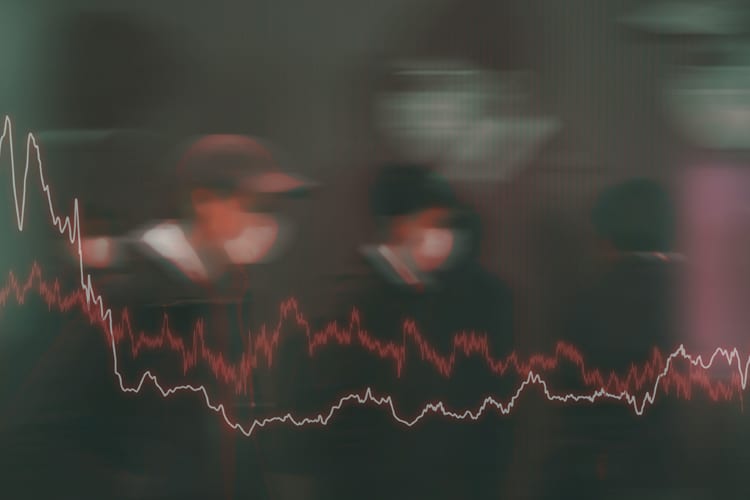What is a Recession?

In the wake of the coronavirus pandemic and mandatory state shutdowns, the potential of an aggressive recession has been at the forefront of the American consciousness.
So what exactly is a recession, and even in times without a global pandemic at play, how can we recognize the signs of an impending economic downturn in America?
Recessions Defined
In simplest terms, a recession is a period of significant economic decline. Most of us vividly remember the recession of 2008, when gas prices soared and stocks tumbled, but there have actually been 33 recessions throughout U.S history.
Each recession in modern history has been triggered by high-interest rates, high inflation, or both. As prices rise too high, Americans struggle to borrow money or purchase the everyday goods and services they need, such as gasoline and groceries. Higher prices mean that wages don’t stretch as far, causing consumers to spend less. This type of overall slowdown reduces spending activity and sends a domino effect through the economy.
Unfortunately, the domino effect continues to get worse throughout a recession. With less spending, the Gross Domestic Product (GDP) falls and companies make cutbacks in order to survive the storm. Layoffs and furloughs are the most common cutbacks, leading to job loss and even less non-essential spending. Meanwhile, the government debt rises in its attempt to stabilize the economy through measures such as unemployment and stimulus payments.
Signs of an Oncoming Recession
There are four major indicators of an impending recession. The COVID-19 pandemic has forced these four signs into the spotlight amid unprecedented economic tension.
- Unemployment: The number of Americans filing for unemployment benefits is an indicator of economic strength or weakness. For example, in January 2020, the unemployment rate in the U.S was at a relatively healthy 3.6%. By April, unemployment soared to 16.1% due to the COVID-19 crisis.
- Stock market: The stock market offers indications of many economic nuances, especially the likelihood of a recession. A significant drop in the stock market, especially steadily over time, demonstrates economic stress. This is exactly what happened on March 9, 2020, when the Dow Jones suffered a 2,014 point drop, the largest in its 123-year history.
- Housing: Home sales provide another important market of economic health and stability. A dip in the housing market creates a red flag of a potential recession.
- Gross Domestic Product (GDP): The GDP is the total market value of all goods and services in the U.S. If the GDP declines for two or more quarters, a recession is officially declared.
Recessions vs Depressions
While a recession can cause severe economic decline over a period of at least six months, a depression is even worse. Recessions are shorter and easier to recover from, while depressions last years and trigger severe, lasting economic destruction.
Before the Great Depression in the early 20th century, all economic downturns were called depressions. However, the phrase ‘recession’ was introduced afterward to better describe less severe downturns in the economy.
Read More: Tips for Finding a Job in a Recession










